Olympus OM-D E-M1X
An amazing camera for somebody else
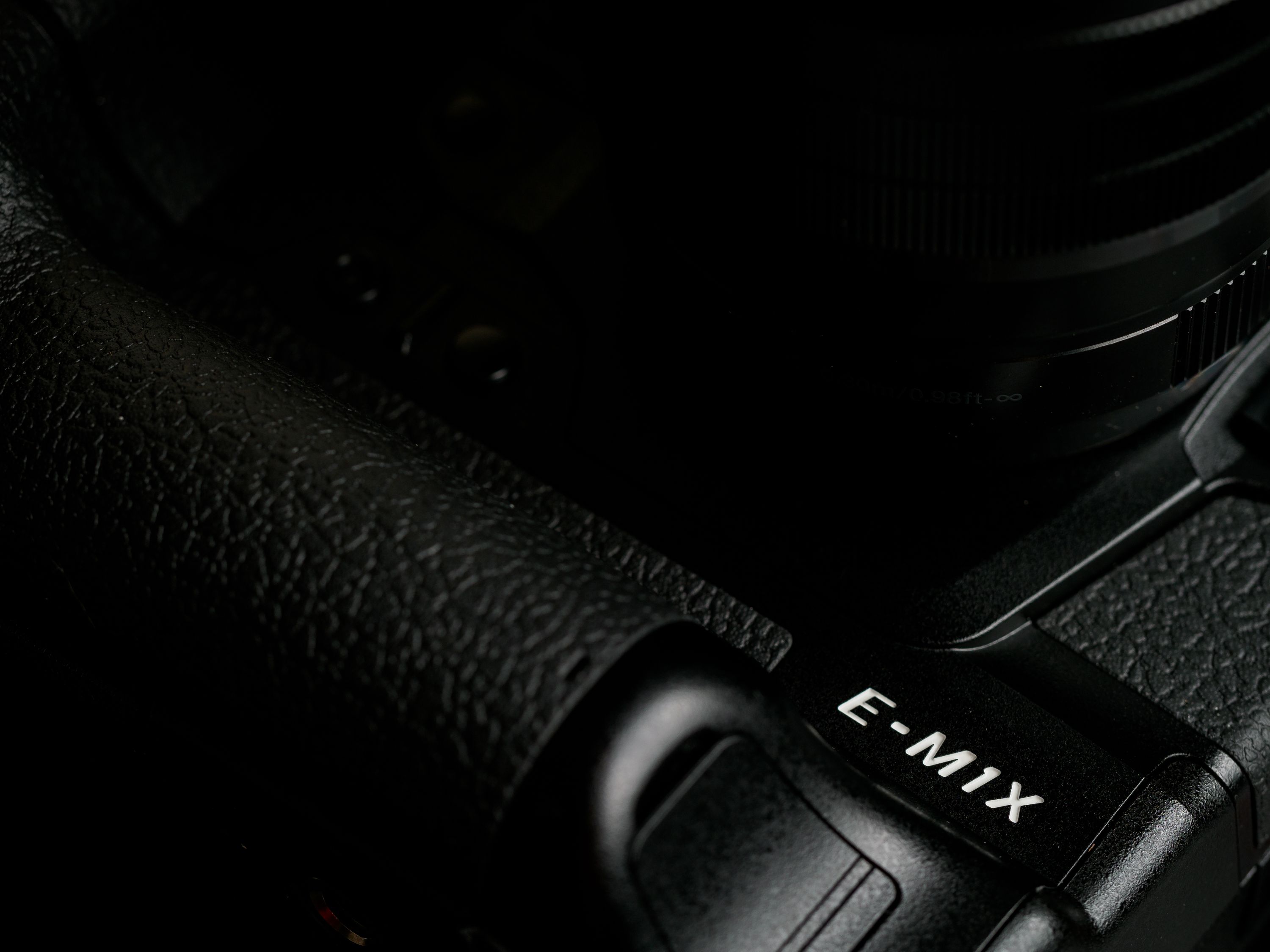
Now that I’ve had the privilege of spending a few weeks using one for work and play, I believe that Olympus’ new E-M1X is among the finest pieces of photographic engineering ever presented to the market.
I’ve also come to realize that I don’t need to buy one. For the same reasons I opted against upgrading my iPad Pro this year, I won’t be adding an E-M1X to my arsenal; its advantages over my E-M1 Mark II do not justify the difference in cost or the change in handling.
I covered a lot of the ergonomic aspects of the camera in my initial impressions, so what follows is a more focused set of thoughts about how this camera operates in the field and for my specific shooting needs. I mention this because there are photographers out there who would benefit in concrete ways from the improvements of the E-M1X, and I wouldn’t want my own conclusions to steer them away from what can be a very meaningful upgrade.

Ergonomics in Use
Now that I’ve shot the E-M1X in parallel with my E-M1 Mark II for a while, I have a more solid understanding of how their ergonomics compare.
I maintain that the E-M1X feels better built than any other camera I’ve tried. The precision, toughness, and tactile affordances on this camera eclipse every other body I’ve held from any manufacturer at any price point. And as long-time readers will know, I have used and tested a tremendous variety of cameras over the years, including flagships from Fujifilm, Canon, and more.
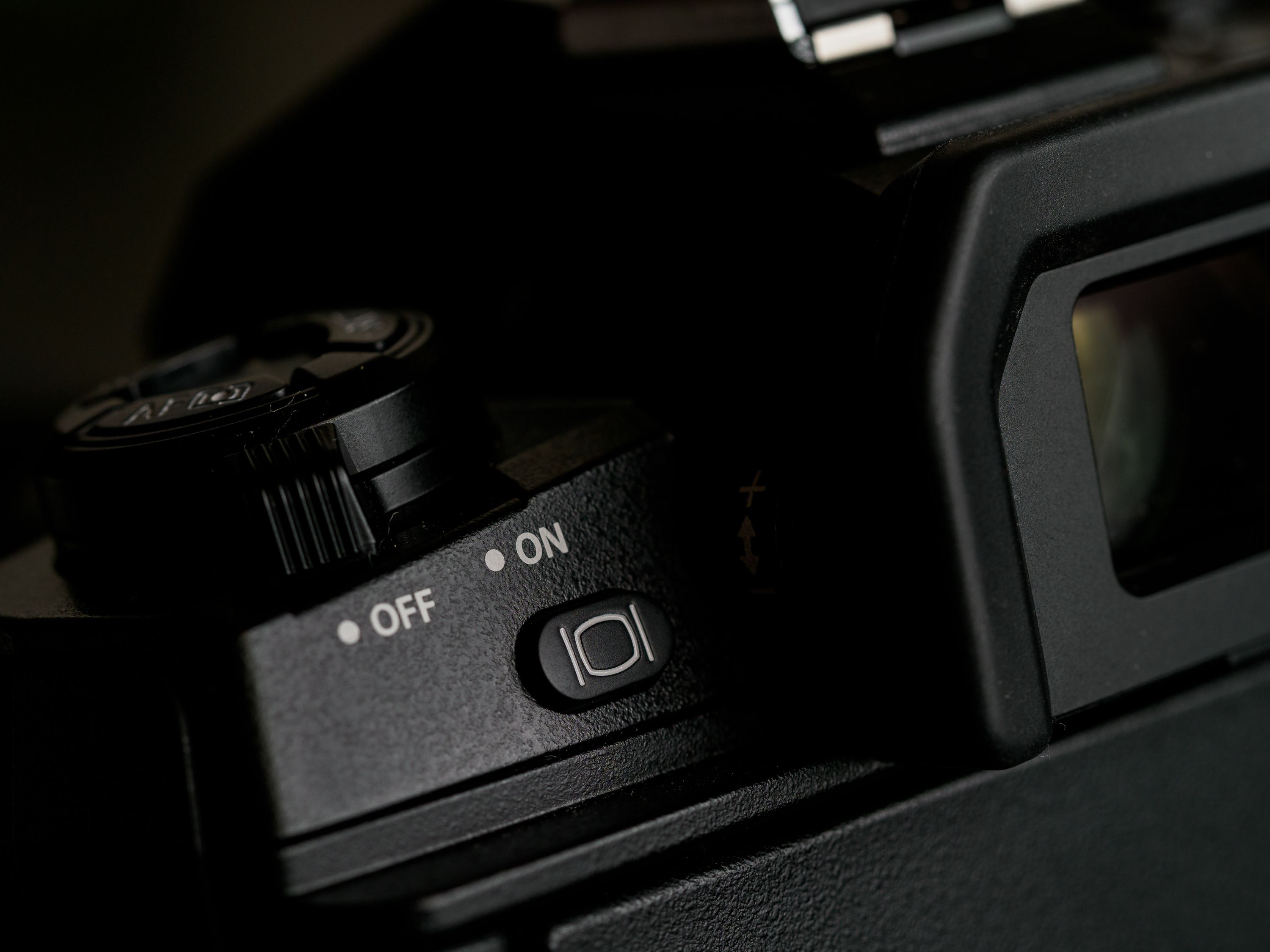
That being said, I find myself gravitating toward the feel of the E-M1 Mark II when I’m not shooting with a long lens (which is most of the time). Even with the fabulous 40-150mm ƒ/2.8 PRO, my wildlife lens of choice, I kind of prefer the way it handles on the E-M1 Mark II.
This comes down to a difference in intent; the E-M1X is optimized for a balanced grip where the left hand is doing as much work as the right for bearing the load. Evidence of this intent is all over the camera, the most obvious example being the grip cut-out beside the battery tray door. This small detail makes for much more comfortable left hand placement while supporting the weight of a long lens.
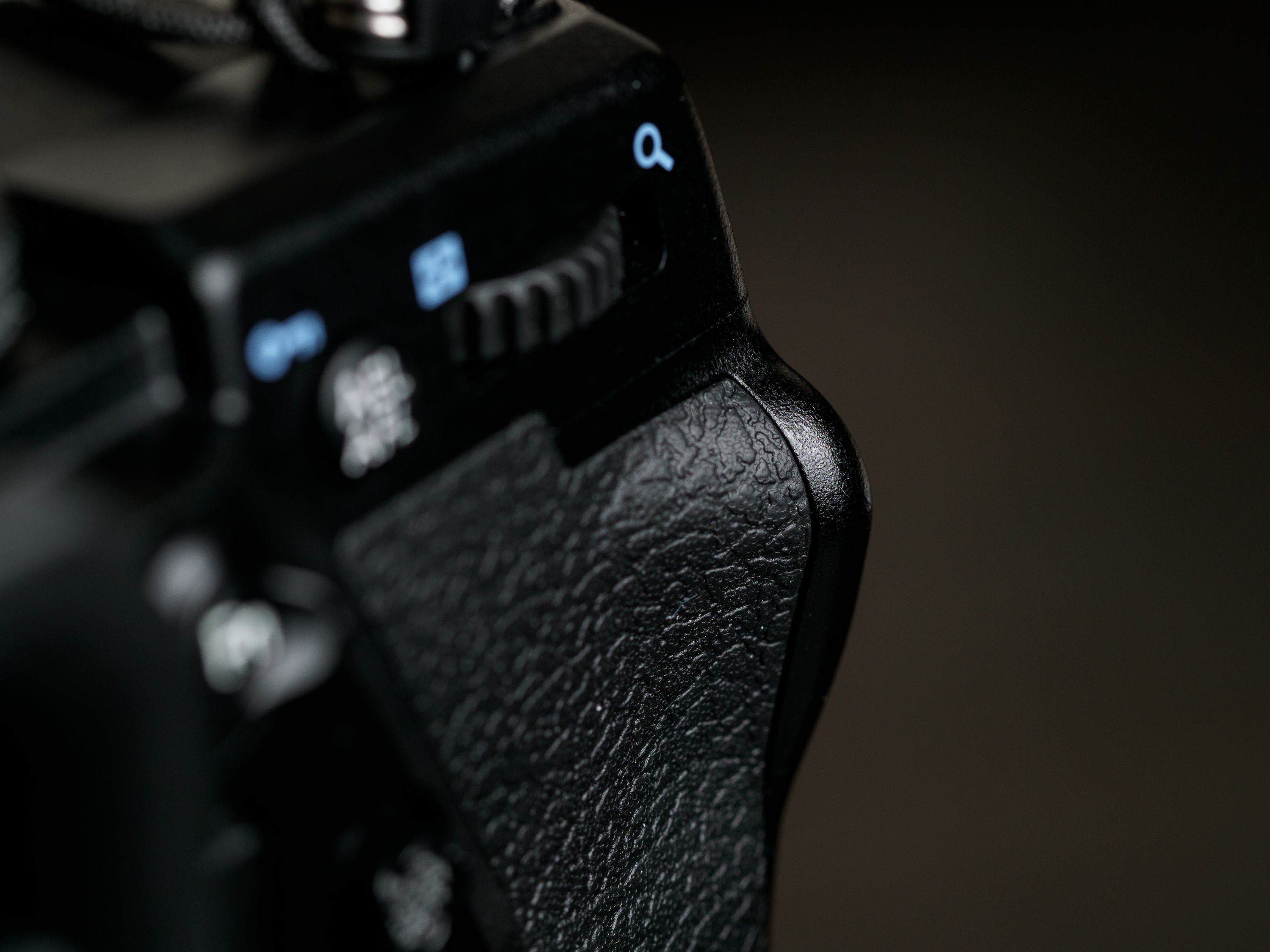
For shorter, smaller lenses, this arrangement has negative trade-offs. For one thing, there is a differently-shaped protrusion around the back for your thumb to use as a counterbalance when holding the camera in one hand, a problem exacerbated by the extra weight of the thing.
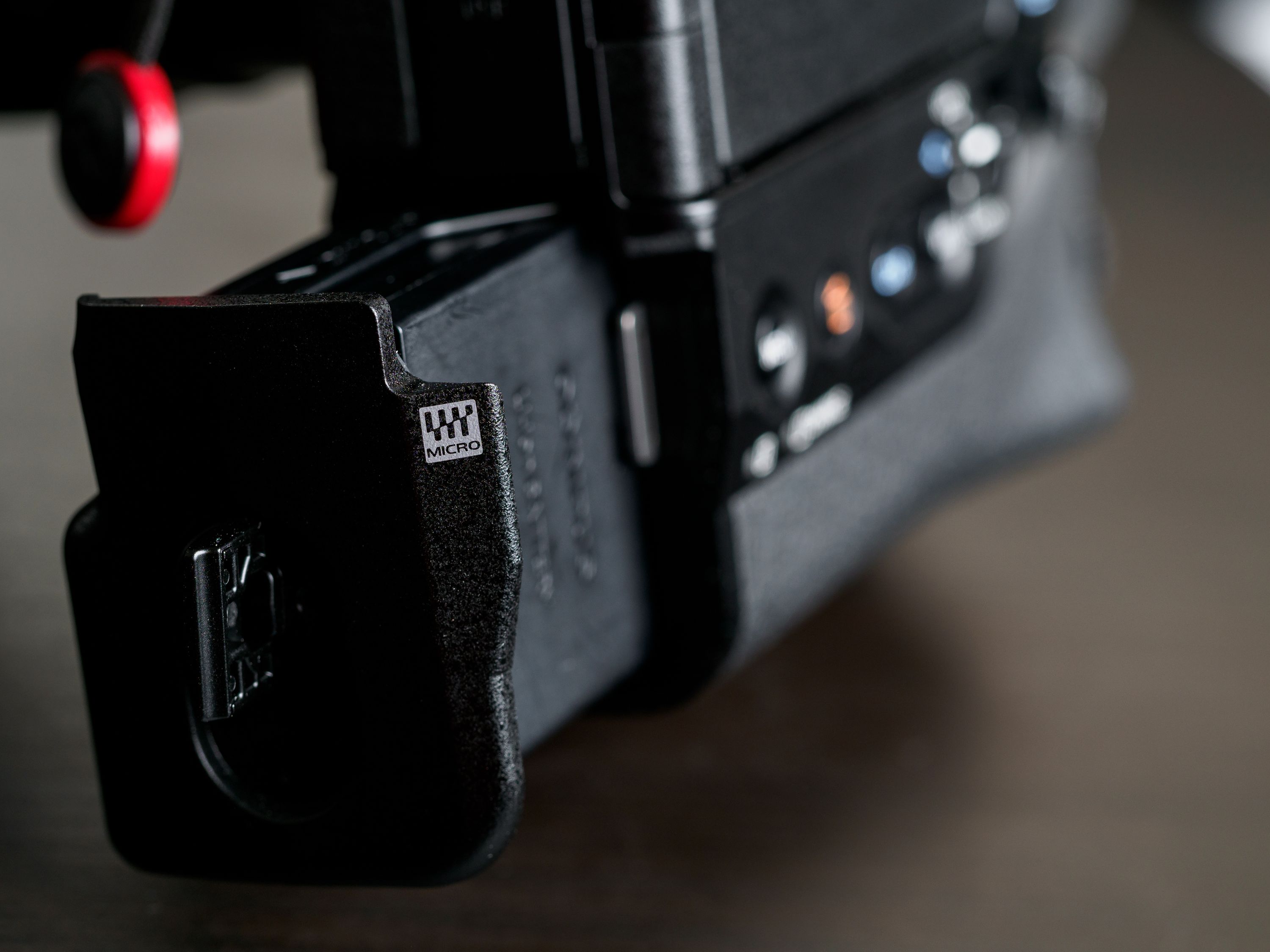
As a result, you have to squeeze the rest of your hand more to support the body rather than being able to use the strength of your thumb to do a lot of the work. Over longer shoot days, I find this leads to more fatigue for my hand, despite the grip overall being less cramped and more comfortable than the E-M1 Mark II’s for briefer sessions.

In stark contrast to the Nikon Z6/7 bodies, which seem to have all the wrong controls in all the right places for my preference, the E-M1X’s controls fall exactly where I want them to. The dials are easy to reach, the AF joystick doesn’t take an awkward stretch to get to, and no strange contortions are required to access key shooting controls, in either orientation.
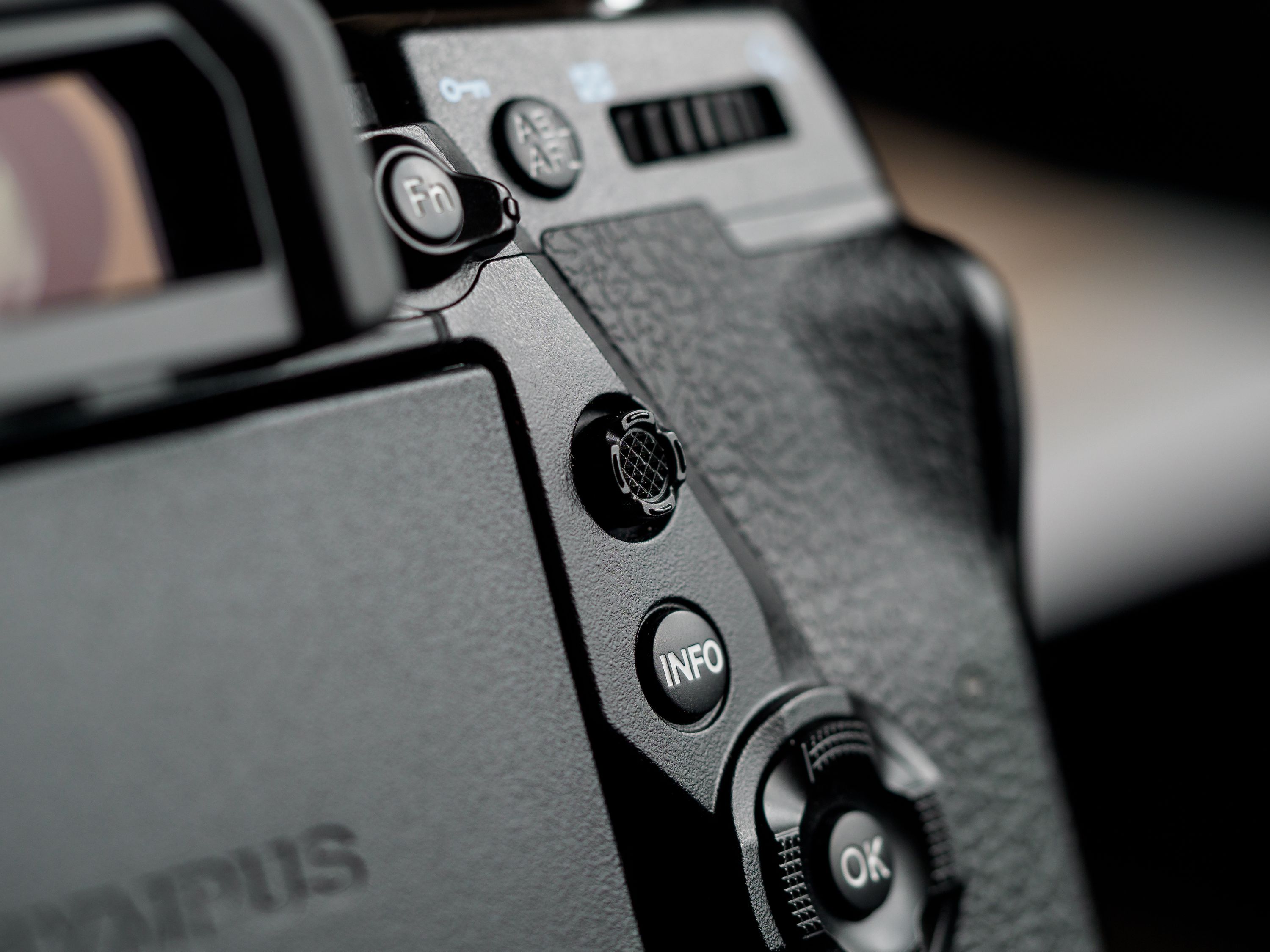
Overall, the camera is an ergonomic triumph, and the degree of thoughtfulness, confidence, and attention to detail that went into its design is on a level that I typically expect only from Canon. That Olympus has managed to match or exceed that speaks volumes about how seriously they take imaging technology.

Autofocus in Practise
In short, the E-M1X has a deep, effective autofocus system. It is blisteringly quick, and deadly accurate. But so was the E-M1 Mark II’s.
In my shooting, the E-M1X separated itself in two main ways: the confidence of AF (particularly in AF-C/AF-C+TR modes), and the degree of customization available as far as setting up your AF grid.
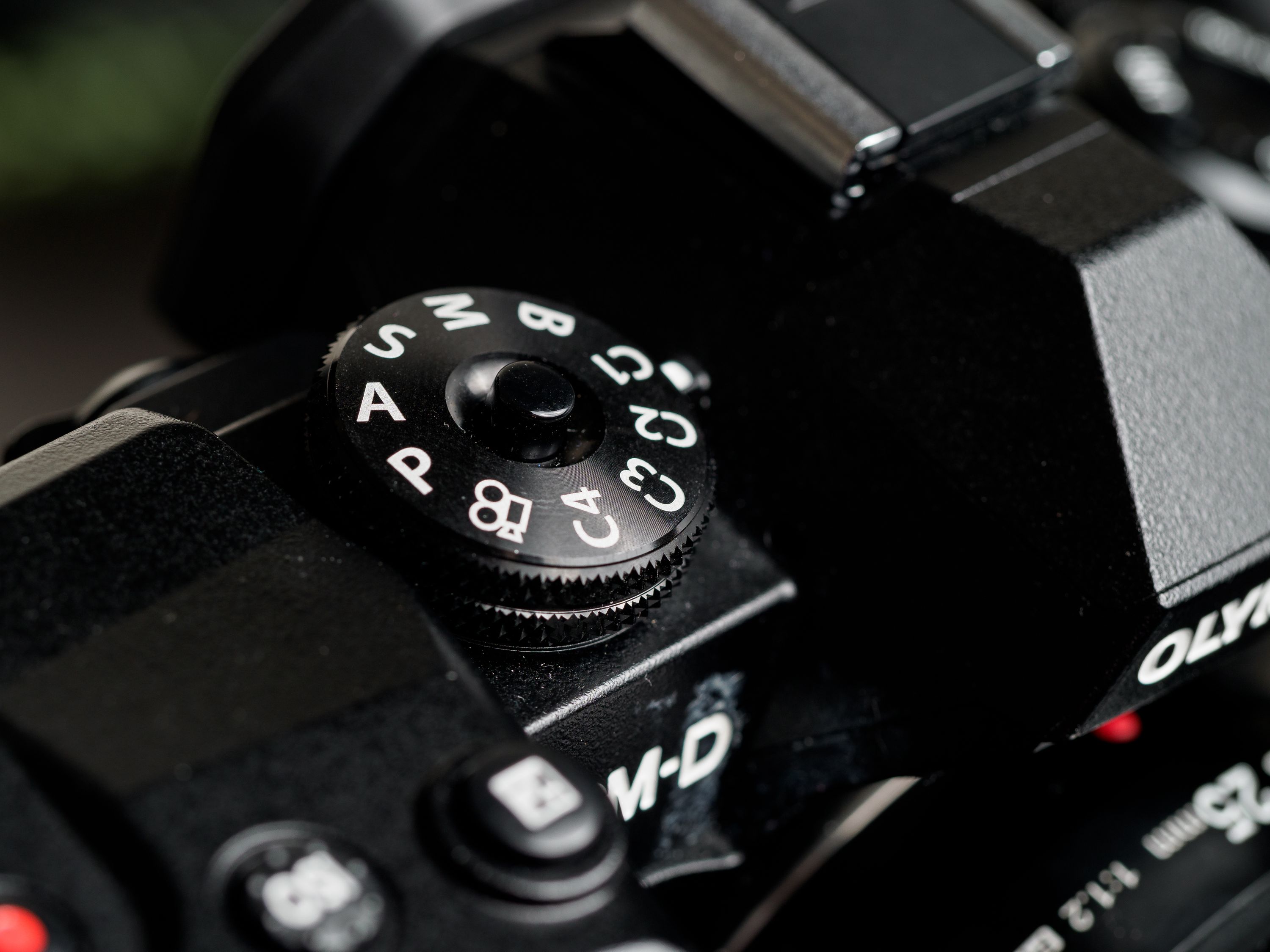
The latter is a feature that has existed on Panasonic cameras for a while now, but it’s useful nonetheless. It opens up the ability to tailor a grid pattern that fits the subject you’re trying to shoot. The more precisely you can match the grid pattern to your subject shape, the less “interpretation” the AF system has to do. In practise, it leads to less focus jumps to the background, stickier tracking, and an improved general hit rate.
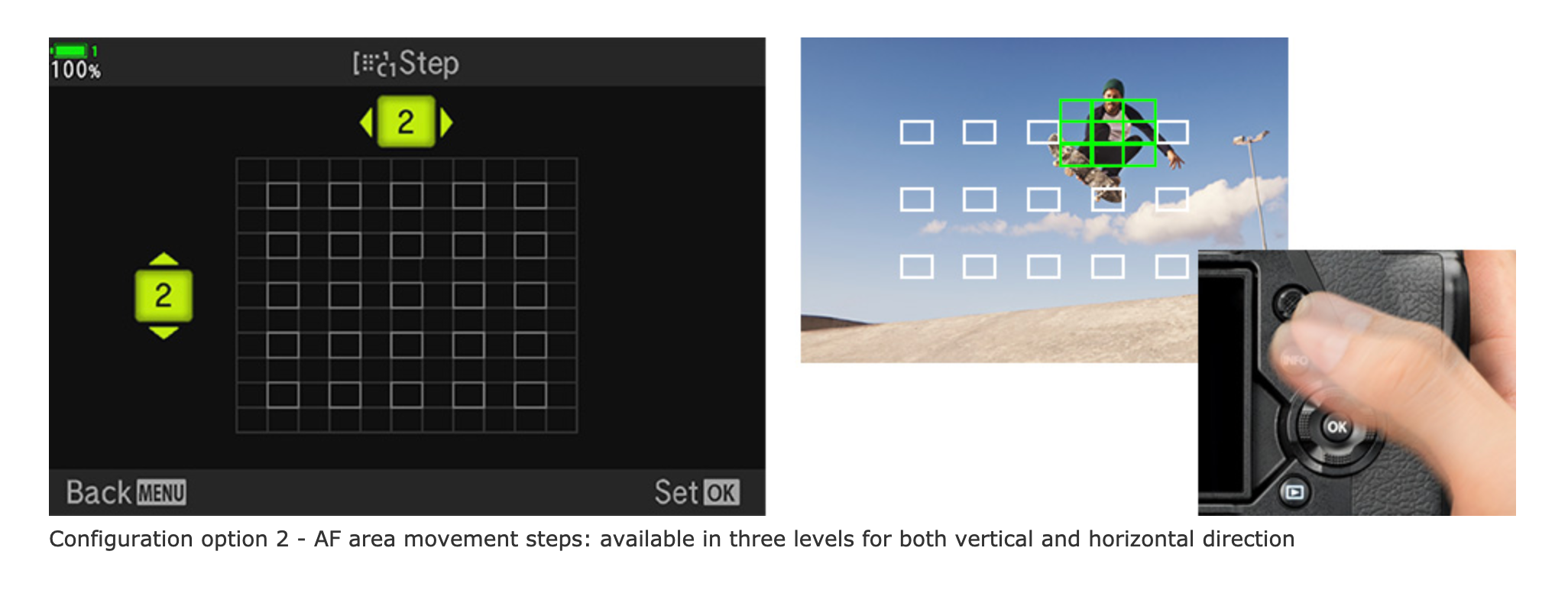
The AF’s confidence is a more subtle improvement, but it’s enough to be noticeable. S-AF was already basically flawless for my needs in the E-M1 Mark II, but I hesitated to use AF-C or AF-C+TR much because I never felt I could trust it fully. With the E-M1X, I have a lot more confidence in those modes and found myself using them more. They seem to correctly identify, track, and stick to my subject with less wandering and better reactivity.

Part of this is also down to the presence of two new features that I hope find their way into the E-M1 Mark II’s next firmware update: C-AF - Center Priority and C-AF Center Start, both of which operate in a fairly self-explanatory fashion. The idea is that you can bias the camera’s attention toward the centre of your AF grid, even if you have multiple points active.
This reminds me a lot of Canon’s AF point expansion, which is effectively a single point that uses peripheral points to “assist” in acquiring and hanging onto focus as the subject moves through the frame.
Even so, there were situations where the camera continued to struggle in situations where I thought it should not. In the example below, I had the small focus point firmly placed on the cardinal’s head, and yet it refused to lock onto the bird.

I was in S-AF with the small single point placed squarely over the head and beak—not on the branch in front, since I had enough clearance to have the point on the bird only. I had several moments to re-try as the bird sat there, and no matter how precisely I placed the small AF point, the E-M1X simply refused to move focus to the bird, insisting on sticking to the branch. I had to switch to manual focus to get the shot in the end.
I run into similar situations with the E-M1 Mark II and hoped they would be a thing of the past, but it seems that isn’t the case yet.

For general C-AF shooting, I set up the 9-point grid with these options active and found that I was getting noticeably better results than a similar approach on my E-M1 Mark II. If I were shooting wildlife primarily, or sports, or other action scenarios, then the difference may well be enough to sway me to upgrade to the E-M1X.

Those are not, however, the focus of most of my shooting. And for similar reasons I will leave commentary about the AI-assisted Planes, Trains, and Automobiles focus profiles to the experts. I’ve seen enough to convince me that they work as advertised and that shooters of that subject matter can see transformative improvements in their hit rate.
I’ll continue to wait for them to expand the profiles to include one for people and one for birds.

The one area where autofocus was hugely, transformatively improved was in video recording. C-AF during video is now very competitive with the best of the best, allowing for much easier run & gun shooting and easier vlogging (assuming you’re ok to vlog with such a large camera).
Features
The highlight features of the E-M1X include two computational photography tricks: an additional high-res mode that works handheld, and an ND filter simulation that automates the process of averaging frames in post right within the camera with a live preview.

I tested both briefly, but the handheld high-res mode is what I find truly compelling. It actually works. Sure, it still requires you to be mindful of movement in the scene, it doesn’t do as well in dimmer light, and all the usual little caveats…but it absolutely, genuinely works when you have a good opportunity for it.
I can easily envision doing most sorts of daytime travel and landscape shots this way.
The results offer more resolution than the standard 20MP of the sensor (though not the claimed 50MP worth of actual detail), but high-res shots also eliminate moiré and false colours.
 Standard Shot, 1:1 crop.
Standard Shot, 1:1 crop.
 Handheld High-Res, 1:1 crop (note the disappearance of the false colour patterns on the fence).
Handheld High-Res, 1:1 crop (note the disappearance of the false colour patterns on the fence).
The previous high-res mode also makes a comeback, though it works differently and requires a tripod to get useful results. This is the mode I would turn to for product photography and studio still life work that doesn’t require strobes.
Being able to do this all in camera is a real and compelling advantage…but I can’t overlook the fact that these are techniques you can use to process images from any camera. Yes, you have to plan for it and shoot accordingly, and you don’t get the results immediately, but for the way that I shoot those aren’t really disadvantages.
Olympus has put a lot of sophisticated technology into their flagships, but if I’m being honest, I have to admit that a lot of it strikes me as a bit gimmicky right now. It may pave the way for a computational photography future, but in the meantime it’s a collection of software cruft that I don’t really need for my shooting.
This is one of those situations where other photographers might be looking at those same features and seeing huge potential for workflow improvement. Those are the people who the E-M1X will delight, and for whom the cost is justified.
Grab Bag
I have a few other scattered thoughts about the camera that I think are worth mentioning:
- C-Lock is brilliant. I love that you can customize exactly what becomes inoperative when you flip the switch.
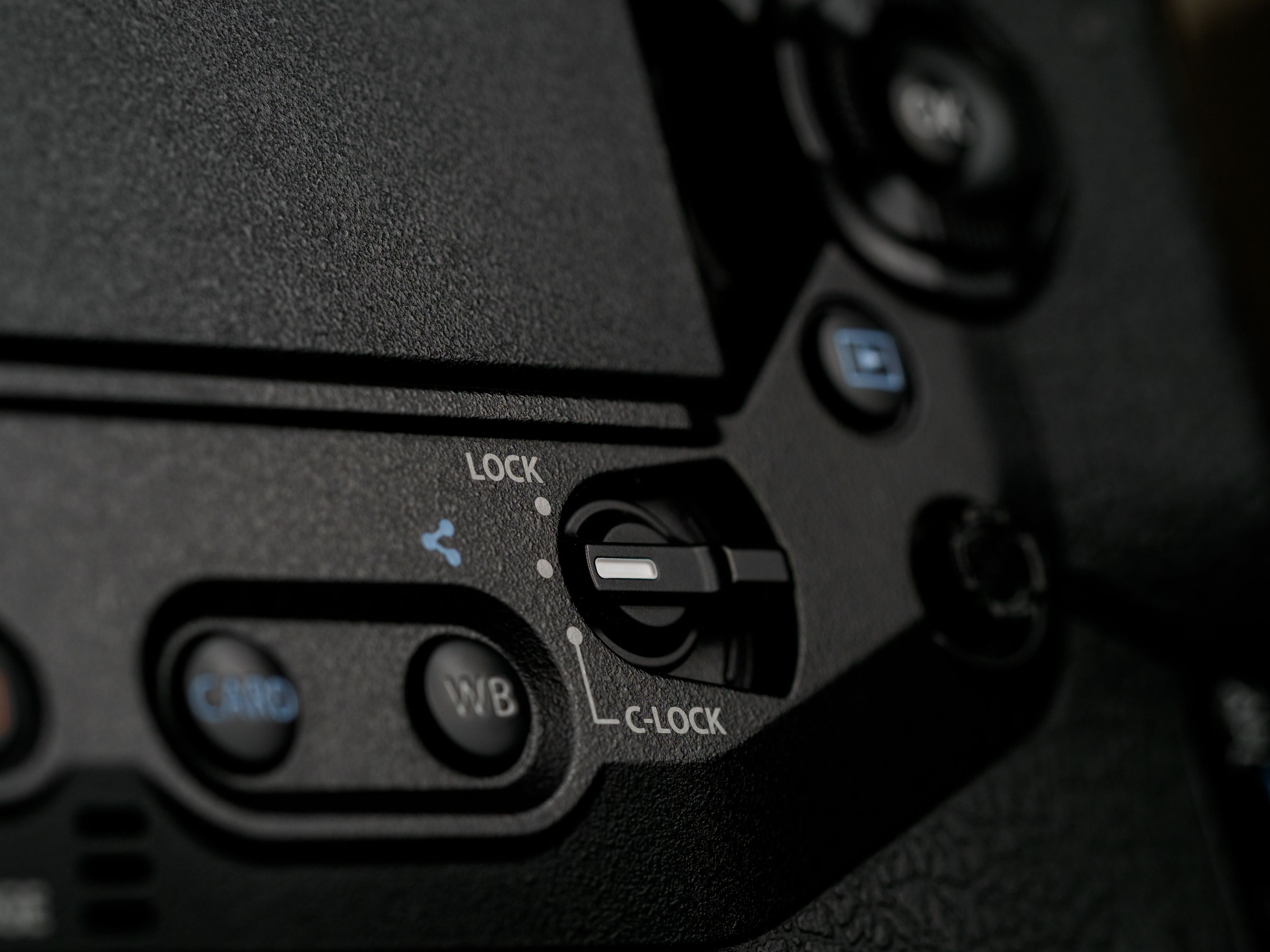
- The AF joystick sometimes feels like it needs a second push to react, but it moves quickly and feels terrific—I really missed having one of these for winter shooting with gloves on.
- The shutter has a thin, metallic timbre, similar to the E-M1 Mark II. Not a very nice sound (the Fuji shutter releases are much more satisfying), but it’s quiet.

- The ability to adjust the effectiveness of IBIS for video recording is unique and very useful for introducing a bit of that “handheld” gritty look to footage without it actually shaking as much as true handheld footage would.
- My Menu brings a welcome degree of customization to the famously dense menu system. The ability to quickly register items to your My Menu using the video record button is a clever detail that really speeds up the initial setup of the camera.
- Olympus Workspace is terrible. It’s slow, previews often don’t update or render, and the output is markedly inferior to what I get out of Lightroom.
- Battery life is fantastic—zero issues going multiple days of shooting. And I never want to go back to a camera that I can’t charge via USB-C without bringing a charging brick.
- The EVF is very nice, despite being low resolution. I don’t buy that you can’t have a progressive-scanning high resolution EVF, but for now this is what we get and it’s responsive, huge, and not distorted (looking at you, Panasonic G9).

- I don’t perceive a real difference in IBIS effectiveness between the E-M1X and E-M1 Mark II, but then I don’t own either of the two current lenses that can make use of the Dual IS.
- I don’t have a concrete need for it, but I love having GPS in my cameras. The E-M1X’s seemed to take longer to establish a lock and start applying coordinates to image data than the Canon cameras I’ve used with GPS, but it absolutely works and I wish my E-M1 Mark II had it.

- Video looks extremely good, but the lack of 4k@60p is basically unforgivable in a camera with this much heat dissipation capacity and horsepower.
- The onboard pre-amp is way quieter than the noisy crapfest on the E-M1 Mark II, PEN-F, and E-M5 Mark II. Users of hotshoe mics can expect a significantly lower noise floor and thus cleaner signal.
Somebody Else’s Dream Camera
I’m a bit old-school in my shooting.
What I care about is comfortable handling, a good viewfinder, and an AF system that is reliable. I’m not impressed by high megapixel counts or special whiz-bang features. I don’t need 400 stops of dynamic range. I like sturdy, charming cameras. Simple enough to become second-nature, sophisticated enough to support my evolving needs over time.
The E-M1X is a sturdy and reliable camera (to an amazing degree—I really can’t overstate how well it’s built), but it’s also complex, bulky, and leans heavily on its whiz-bang features like the computational photography tools, Pro Capture, etc. to establish its selling points.
Don’t get me wrong, I’m not against advanced features, I just have different priorities. For example, I would give up Pro Capture or Live ND for eye-AF that works as well as Sony’s does in the α6400. In a heartbeat. I would ditch all three existing AI-assisted focus modes for one optimized for wildlife. Or people.
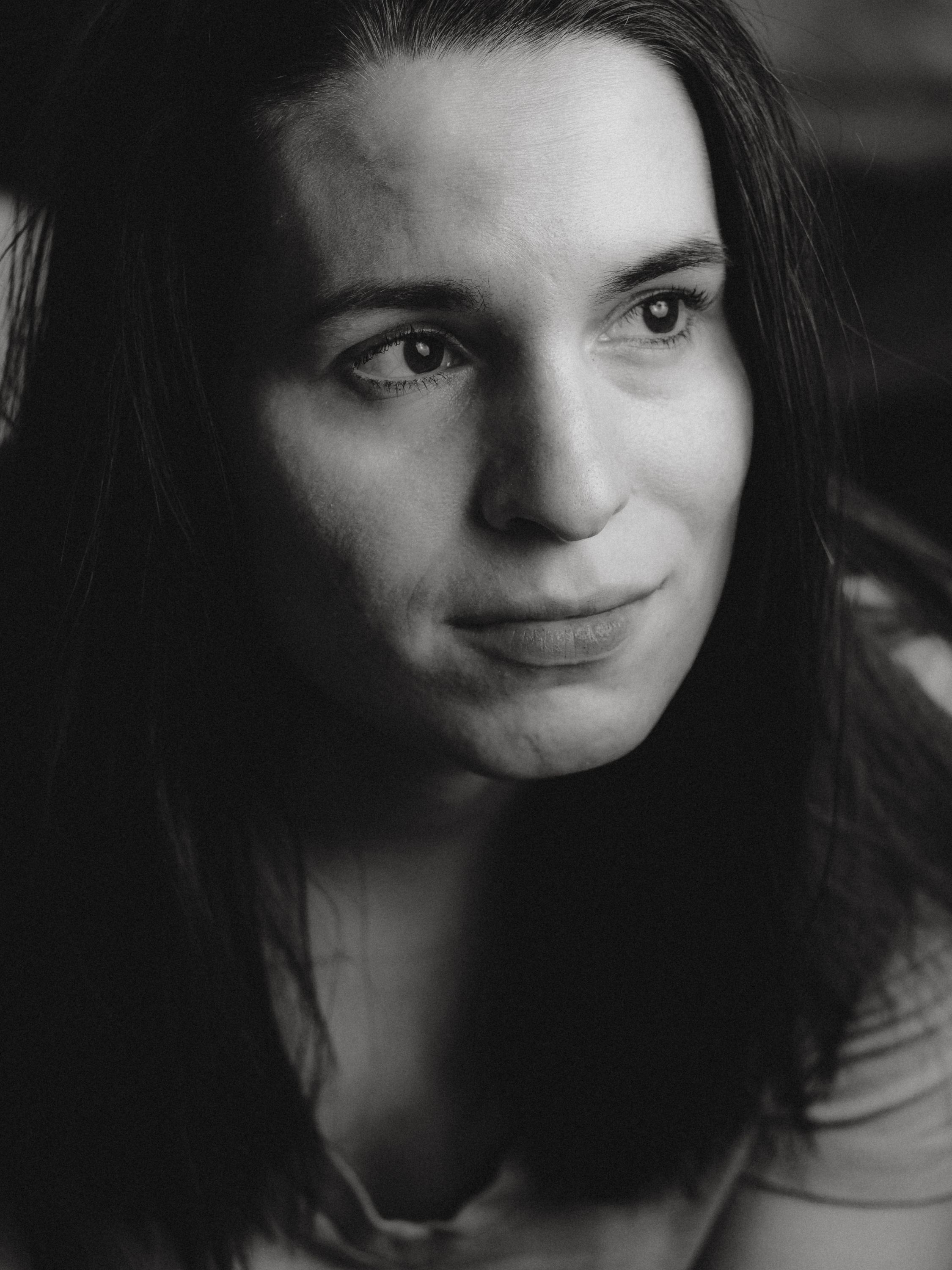
This is a classic case of a product solving problems I don’t have. The E-M1X is an outstanding solution for sports capture, weight-conscious wildlife work, and shooters who need to operate in extreme conditions with compact setups.
Those scenarios don’t apply to me, and so the E-M1X (like so many other cameras) doesn’t apply to me. And there’s nothing wrong with that!
Instead, I can appreciate it for what it is: somebody else’s dream camera.